We ask a lot of our law enforcement officials. We have every right to.



The DroneGun Tactical by Australian-based company DroneShield is like something out of a video game. The rifle-shaped, high-powered antenna “blasts” drones out of the sky with frequency waves.
DroneShield designed the technology to thwart unmanned aerial vehicles (UAV) with explosives or weapons strapped to them. It works by blocking video transmission and GPS information, making it nearly impossible for its pilot to regain control.
“Most modern drones are equipped with a protocol that they come back to their operator when the radio frequency signal is jammed and land when radio frequency and GPS are both jammed,” company spokesman Oleg Vornik told the Daily Mail.
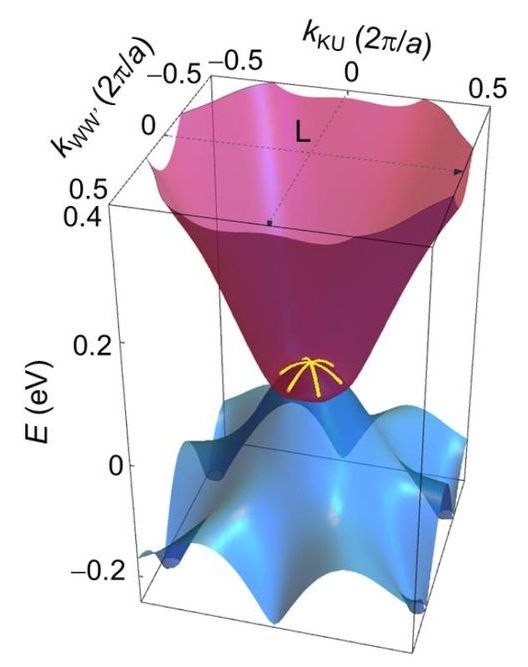
A thin, iron-based generator uses waste heat to provide small amounts of power.
Researchers have found a way to convert heat energy into electricity with a nontoxic material. The material is mostly iron which is extremely cheap given its relative abundance. A generator based on this material could power small devices such as remote sensors or wearable devices. The material can be thin so it could be shaped into various forms.
There’s no such thing as a free lunch, or free energy. But if your energy demands are low enough, say for example in the case of a small sensor of some kind, then there is a way to harness heat energy to supply your power without wires or batteries. Research Associate Akito Sakai and group members from his laboratory at the University of Tokyo Institute for Solid State Physics and Department of Physics, led by Professor Satoru Nakatsuji, and from the Department of Applied Physics, led by Professor Ryotaro Arita, have taken steps towards this goal with their innovative iron-based thermoelectric material.
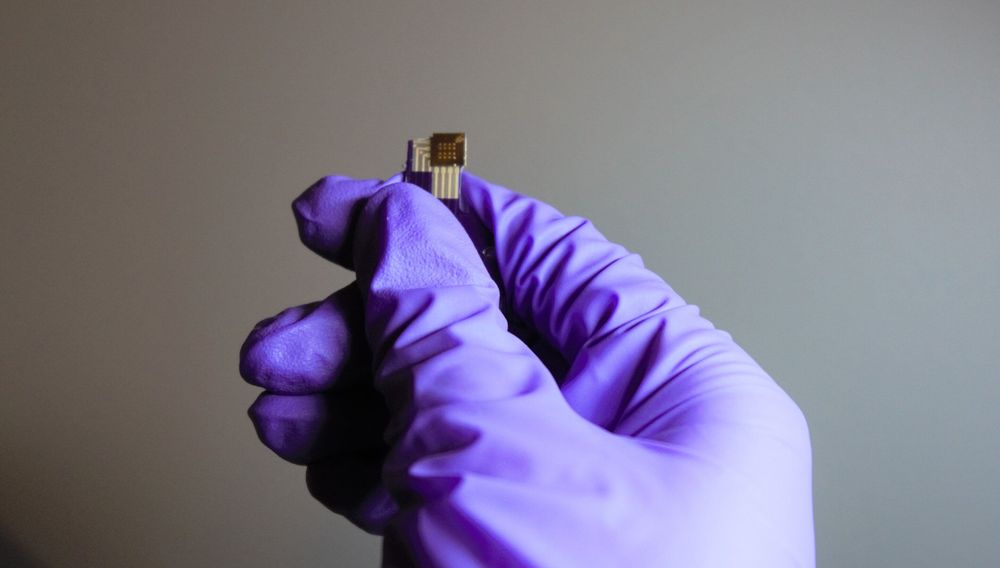
To just solve a puzzle or play a game, artificial intelligence can require software running on thousands of computers. That could be the energy that three nuclear plants produce in one hour.
A team of engineers has created hardware that can learn skills using a type of AI that currently runs on software platforms. Sharing intelligence features between hardware and software would offset the energy needed for using AI in more advanced applications such as self-driving cars or discovering drugs.
“Software is taking on most of the challenges in AI. If you could incorporate intelligence into the circuit components in addition to what is happening in software, you could do things that simply cannot be done today,” said Shriram Ramanathan, a professor of materials engineering at Purdue University.
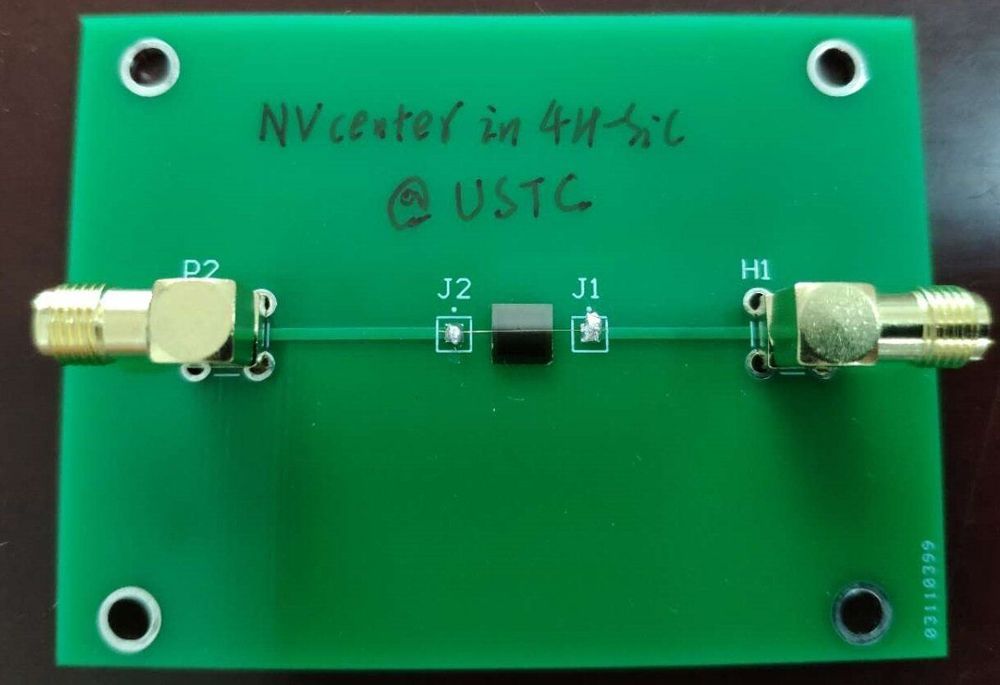
Decoherence is the bane of quantum technologies. In coherent systems, the phase of the wave functions representing the quantum states of particles in the system have definite relations between each other. This allows quantum devices to operate in a meaningful way that differs from classical devices. However, interacting with the world around us rapidly leads to decoherence, which makes it harder to exploit quantum effects for enhancing computation efficiency or communication security. Research has shown that quantum systems with impressively long coherence times are possible in diamond, but diamond is far from the favorite for manufacturers. Now, researchers at the University of Science and Technology in Hefei and Wuhan University in China have demonstrated SiC can boast some of the quantum merits of diamond with the additional advantage of optical control at the wavelengths used by the telecommunications industry.
The defects prized for quantum technologies are nitrogen-vacancy (NV) centers, in which a carbon atom in diamond is replaced by a nitrogen with a missing carbon at the neighboring crystal lattice site. What makes this kind of defect interesting for quantum technologies is that you can control its quantum spin states with light and produce photon-spin entanglement with long coherence times, even at room temperature. The difficulties arise when trying to position the technology in the real world as opposed to the lab. The photon-spin interactions for NV centers in diamond need light at visible wavelengths—telecommunications wavelengths are much longer. In addition, these finely engineered devices need to be hacked out of one of the hardest (and most expensive) materials known to man, one that industry does not have established nanofabrication protocols for.
It turns out there are types of defects in SiC that might also be useful for quantum technologies. SiC is widely used in power electronics, so commercially viable avenues for producing SiC devices already exist. Over the past 10 years, vacancies and divacancies (where one or a pair of atoms in the lattice are absent) in SiC began to attract interest when researchers learned that they could also control their spin states with light at room temperature with long coherence times. The observation of NV centers in SiC really piqued interest, as these were optically active at the wavelengths used by the telecommunications industry as opposed to the shorter visible wavelengths needed to control the spin states of vacancies and divacancies in SiC.
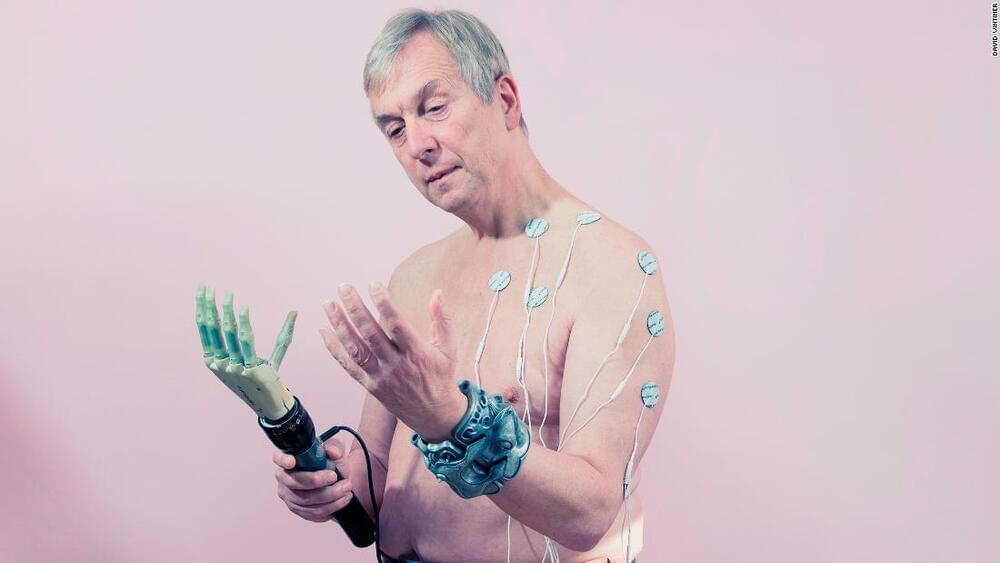
Does artificial intelligence jeopardize employment for humans? What will people do when smart robots join the workforce? AI already plays a role in many of our jobs, and if you have ever searched for information online, you have interacted with an AI. If we extrapolate the evolution of search, we can imagine that soon AIs will become even better at helping us learn solutions that have worked in the past and remember what things have failed. In this way, working with AIs can be like having a really smart colleague or expert old-timer on our team. And these AI coworkers can also help us experiment with new approaches because AIs can be creative as well. Their creativity is unlike human creativity, and that uniqueness is its primary value. AIs can also make valuable team members by performing rote tasks that humans are or become bored by. The share of work that AIs perform is likely to shift over time, but I cannot think of a single job or occupation that will not benefit from collaborating with and delegating to AIs. If we reframe our fears about robots taking human jobs, if we can utilize the AI over our shoulder, if we can see AIs as team members, we will find the future of work holds opportunities for all of us.
This video on “The Future of Employment with AI” was commissioned by China Mobile as part of an online course. It is one of 36 lecture videos. A version with Chinese subtitles is available at Citic Migu: http://citic.cmread.com/zxHtml/listenBook/listenDetail/liste…&channel=1
A transcript of the lecture in English is available here: https://drive.google.com/file/d/16dYZ4Vwm796ScRQ0lHrEauwC4M3…sp=sharing

Circa 2016
Not all important scientific research is cool looking, or has a cool name. But now and then you get something with both. These self-assembling carbon nanotubes are created with a process called Teslaphoresis. If you’ve read a more impressive-sounding sentence today, I’d like to hear it.
Even the lab of Rice University chemist Paul Cherukuri looks like a proper mad scientist’s lair. But don’t let the flashy trappings fool you: this is a very significant development.
Nanotubes are one of these carbon supermaterials that, like graphene, are full of interesting properties and theoretical applications but — again like graphene — are difficult to manufacture cheaply and reliably. This new method could be a breakthrough in the creation of the ultra-thin, ultra-strong, and ultra-conductive carbon nanowires.
Circa 2011
Scientists at M.I.T’s Media lab have created a camera that can capture the speed of light, taking a photo in less than two-trillionths of a second. Using multiple cameras, sensors, a pulse light source and mirrors, the researchers create slow motion movies of light moving through objects and liquids. They call the technique femto-photography. “We have built a virtual slow motion camera where we can see photons, or light particles through space,” said Associate Professor Ramesh Raskar in an video interview. “Photons travel about a million times photons travel a million times faster than bullets. So our camera can see photons, or bullets of light traveling through space.”
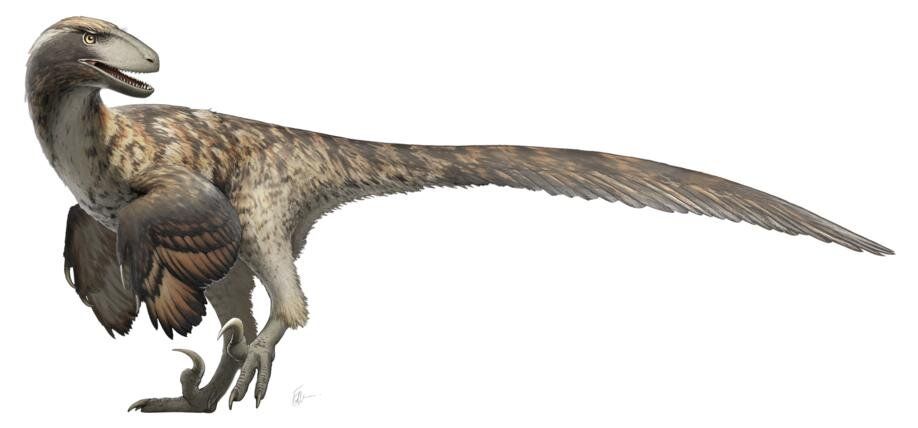
A new University of Wisconsin Oshkosh analysis of raptor teeth published in the peer-reviewed journal Palaeogeography, Palaeoclimatology, Palaeoecology shows that Velociraptors and their kin likely did not hunt in big, coordinated packs like dogs.
The raptors (Deinonychus antirrhopus) with their sickle-shaped talons were made famous in the 1993 blockbuster movie Jurassic Park, which portrayed them as highly intelligent, apex predators that worked in groups to hunt large prey.
“Raptorial dinosaurs often are shown as hunting in packs similar to wolves,” said Joseph Frederickson, a vertebrate paleontologist and director of the Weis Earth Science Museum on the UWO Fox Cities campus. “The evidence for this behavior, however, is not altogether convincing. Since we can’t watch these dinosaurs hunt in person, we must use indirect methods to determine their behavior in life.”